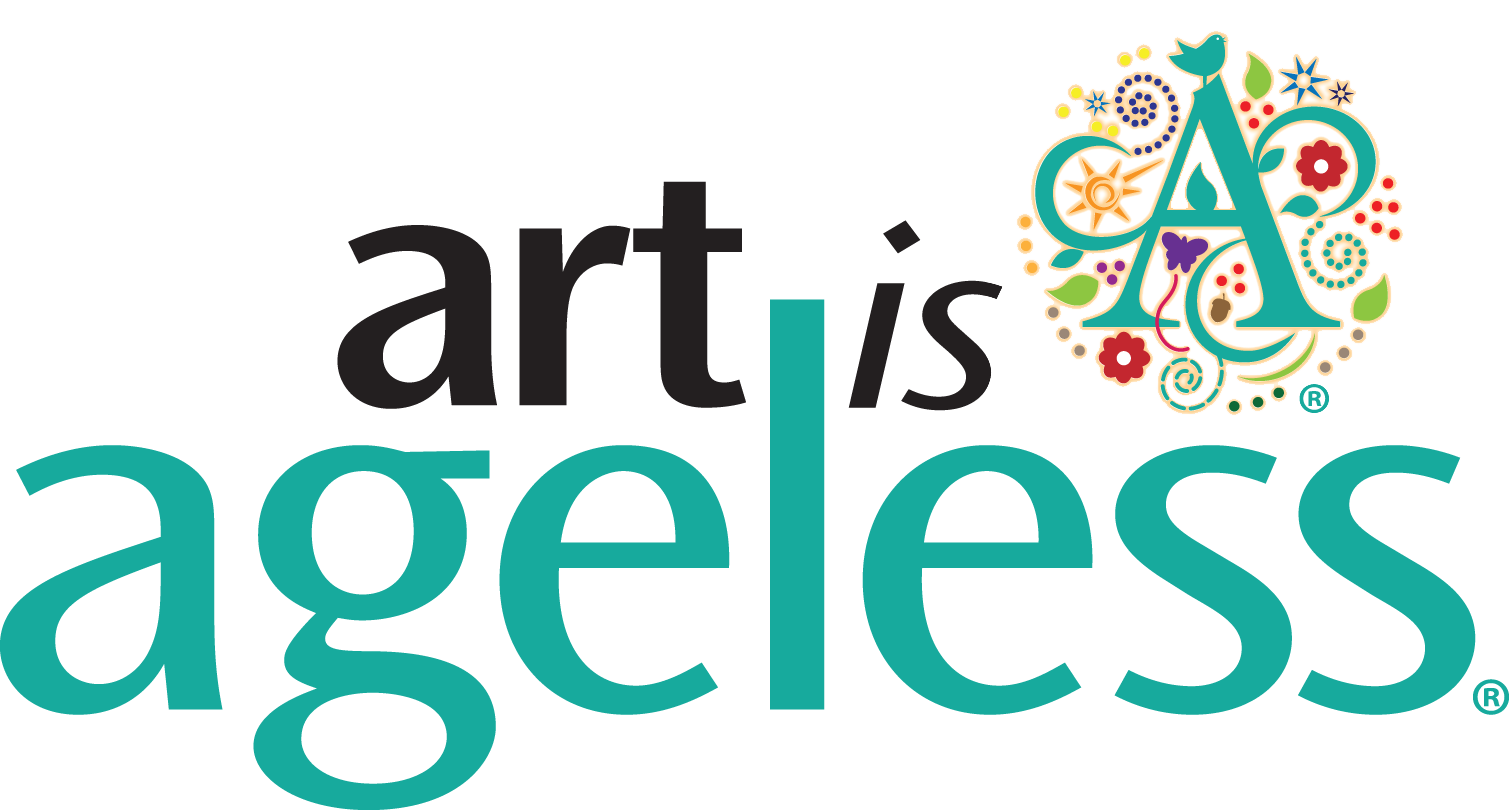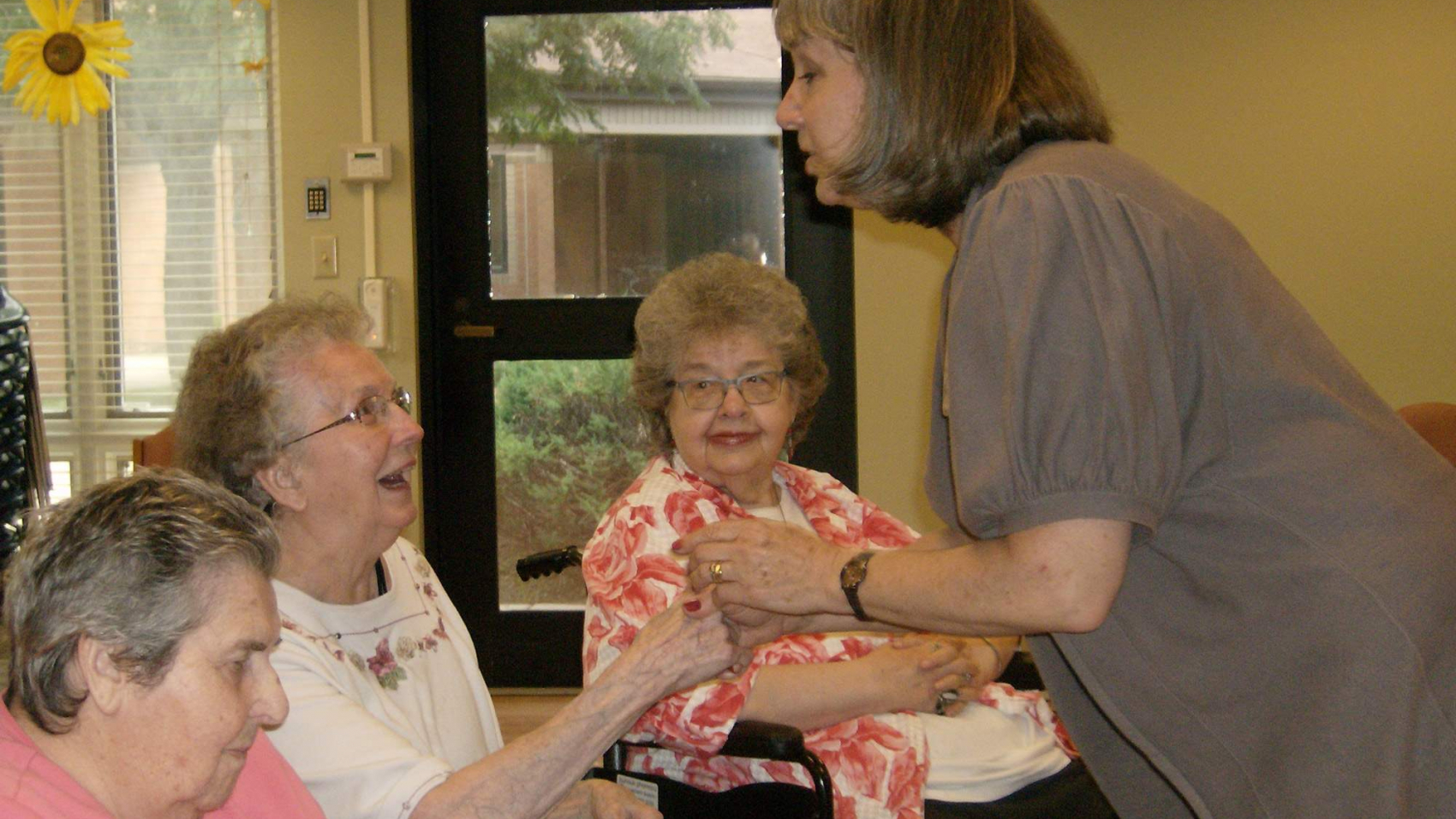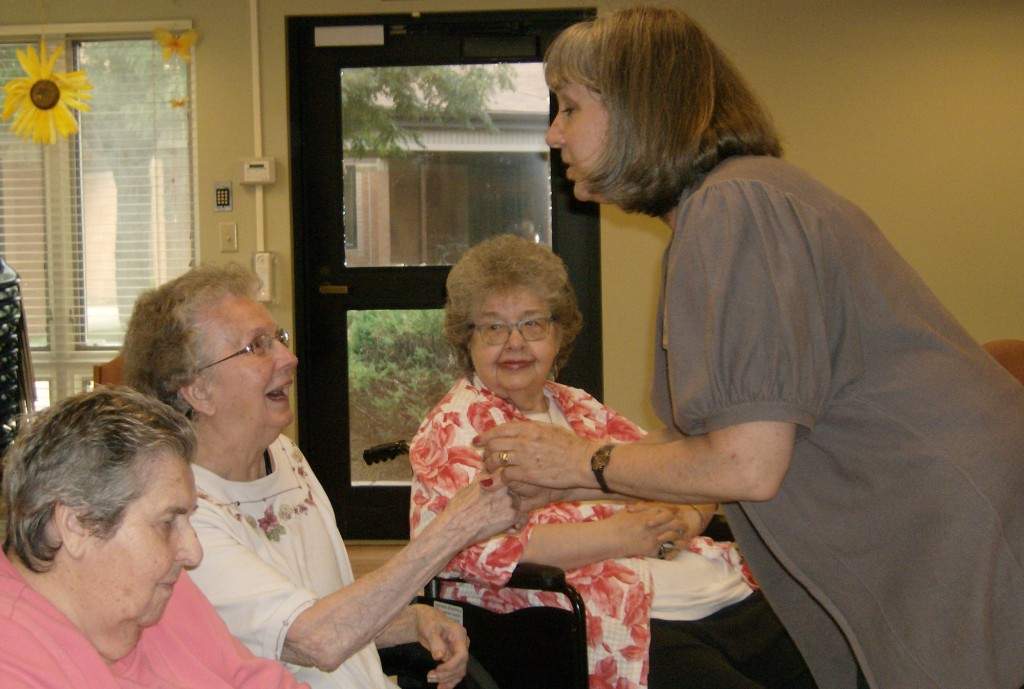Music therapy and performances help residents relax, connect
It’s one of the first things a baby responds to in the womb, and one of the last things our minds can focus on when we reach the end of life. It’s rooted deep in our history and helps shape our future. At its basics, it can be performed by a toddler’s pudgy hands, and at its most intricate, a maestro’s touch. It’s music.
At Topeka Presbyterian Manor, we realize that music is so much more than just a pleasant sound. That’s why we’re actively involved in bringing musical resources in to help residents relax, connect with those around them and reminisce about days gone by. One very successful program is the Music Therapy sessions provided by Karen Abraham. Karen has a private practice, Atempo Music Therapy.
“Music therapy is a discipline used by a licensed music therapist in a clinical situation to reach a desired outcome. We have goals other than just music. I’m not out to teach music. In the senior community setting, my goals are socialization, pain relief, comfort, range of motion improvements, assistance with speech issues and really a lot of things,” Karen said.
Presbyterian Manor brings Karen in approximately three days a month, where she does individual and group visits.
“I don’t have a set list of people that I always have to see. There are quite a few I see regularly. It’s not like a care plan. It’s pretty much whoever needs a little extra help. The residents love it. I try to use music that’s familiar and meaningful to them. Sometimes we use instruments and are active in making music. Most residents don’t really get it at first, but then they usually end up singing along. They thank me and tell me stories like, ‘This is a song my dad used to sing,’ or, ‘I danced with my husband to this song.’ And if some would rather not participate, that’s fine too. I try to offer it to everyone.”
In group settings, there’s singing and movements in place. Sometimes there are creative things, like rewriting words to a song or passing games with a balloon. They also play xylophone, shakers, tambourines, etc., while they play games like Singalong Bingo. Residents are especially fond of these activities.
“Music therapy can be fun, but it’s so much more. Music is a very special way to reach people with dementia. Even when people can’t keep conversation going, they can still sing words to a song in the correct way. A lot of time they’ll finish the line of a song. If I sing, ‘The more we get together…’ they’ll finish with, ‘the happier we’ll be.”
Bands Bring the Beat
In addition to music therapy, various bands and musical groups frequent Presbyterian Manor. One such group is the Flamingos, a local legend that’s been together since 1983.
“There’s still one person with the band that was there in the beginning. We’ve changed names several times, have lost some members and have gained some members. We’re now called The Flamingos, in honor of Evelyn Flaming, our pianist who passed away,” said Carol Christianson, drummer and band manager.
Carol’s husband was in the band when she decided to join 10 years ago. She knew they needed a drummer, so she picked it up even though she’d never done it before. She enjoys getting out and about in the community and sharing her passion for music.
“We play mostly Big Band music—stuff that the residents really remember from either their era, or their parent’s. We play some songs of early ’50s, like Stranger in the Night, some Sinatra from the ’60s and a few other things here and there like Latin and rock & roll. We’ll hand out castanets, maracas, wooden sticks, etc. The audience really loves playing along.”
The Flamingos perform at Presbyterian Manor once a quarter, and will be back August 16.
“It’s really cute to watch residents because the music really animates people. We see people smile, get excited, and dance in their chairs or wheelchairs. It’s a good feeling to provide this service.”



Add a Comment